XSlate B10 Rugged Tablet Review: Ample Ports, Tough Against Abuse
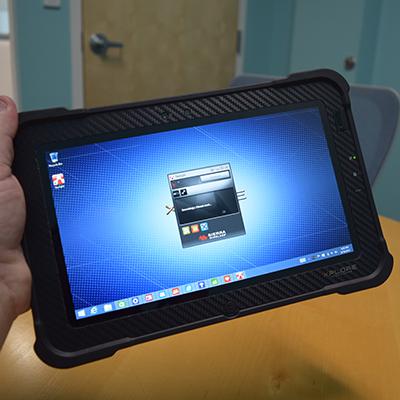
Rough Terrain
With its XSlate B10, rugged tablet maker Xplore Technologies brings to market an affordable, versatile 10.1-inch-display Windows tablet meant to withstand the harshest of environments, including exposure to extreme temperatures, dust, salt water, vibrations -- and those of us who are prone to drop. Xplore, a rising star among rugged tablet makers, introduced the B10 this week. CRN had a chance to take the tablet for a spin -- and drop it a few times as well.
For the price of $2,800, XSlate impresses with its no-compromise specs and expandability via eight standard ports. The Xplore manages to deliver a truckload more features than archrival Panasonic does with its similarly priced ToughPad G1 ruggedized tablet.
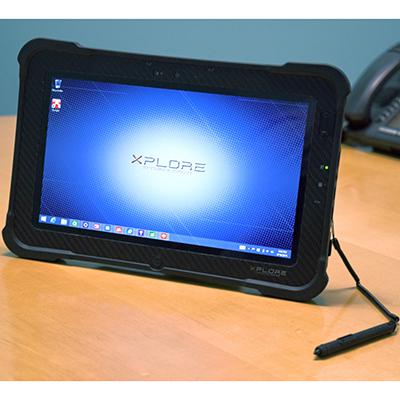
Bulky And Beautiful
As with most rugged tablets on the market, the B10 is less svelte (that is, a bit bulky). It's a capable tablet that meets military 5-foot drop specs (MIL STD-810G) and is ready to keep workers in the field productive under less-than-ideal computing conditions.
The B10's impressive specs (relative to similarly priced rugged tablets) are where this tablet really shines.
For starters, the tablet has a magnesium alloy internal frame and external rubber skin. Thanks to a unique seal-from-behind design, four of the eight B10 ports on the tablet can be open, in use and still keep water and moisture from seeping inside the chassis.
The tablet itself weighs in at 2.4 pounds, which is a lot to handle, but thanks to the tablet's slightly raised rubber edges, it feels extremely easy to grip and comfortable to hold in one hand. That makes it easy to use the small Wacom stylus that snaps on to the back.

Port-Tastic Specs, Continued
As with all Windows-based tablets, the biggest strength over competing Android and iOS-based slates is the Windows platform and its gigantic ecosystem of compatible peripherals and software. If it's that type of peripheral support you're after, the B10 with its many ports is definitely the tablet for you.
Ports include power, two USB, a Micro HDMI, Micro SIM, Micro SD, serial, audio and RJ-45 Gigabit Ethernet. No dongle needed for this tablet.
Rounding out the B10's top external features are a front-facing 2-megapixel HD camera, rear-facing 8-megapixel camera (with flash) and a standard fingerprint reader.
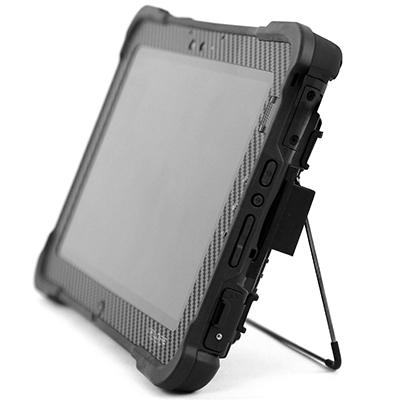
Under The Hood
Under the hood is Intel's 1.8 GHz Core i5-5350U (Broadwell) processor; an 8-hour-rated, hot-swappable battery; 8 GB of DDR3 memory; and a 128-GB SSD drive. The 10.1-inch HD display is 1366 x 768 (minimum resolution for high definition is 1280 x 720) resolution. The display is a 10-Finger capacitive touch input and also support glove and wet modes for less-than-ideal environments.
The tablet comes standard with the Wacom stylus that snaps neatly onto the back of the tablet and is attached via cord.
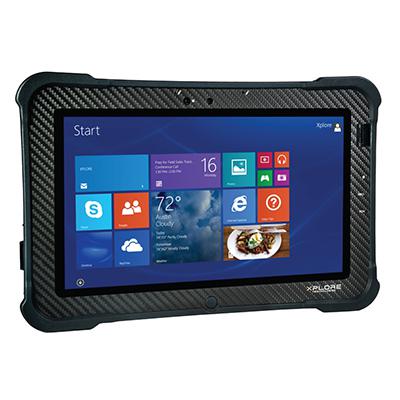
Test Ride
Overall, the XSlate B10 is a stellar addition to XPlore Technologies' tablet lineup, reflecting a best-of-tech approach when it comes to integrating XPlore and recently acquired tablet maker Motion Computing.
In our review of the B10, we like the tablet's chassis design and easily gripped skin. However, the B10 did begin to see some wear and tear when we put it through informal drop testing from heights of four feet.
The tablet held up nicely when dropped on carpeted concrete. But when we dropped the tablet facedown from four feet onto a hardwood floor, the display suffered a tiny imperfection.
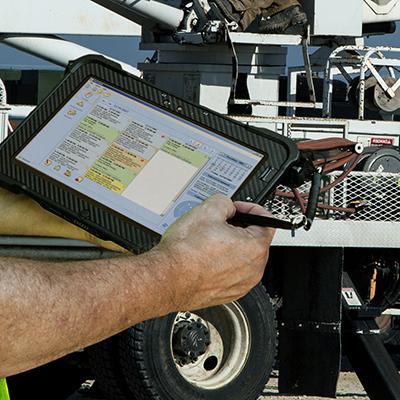
Test Ride, Continued
While we loved the Wacom stylus, we would have hoped for a more secure cord connecting the pen to the tablet. When we dropped the tablet with the stylus in our hand, the slinky-style cord ripped off the tablet without much of a fight.
Another wish list item for the XSlate is a better display. The 1366 x 768-resolution screen is barely high-definition. We liked the display's "View Anywhere" feature that allowed the screen to be viewed even in direct sunlight. But we would have liked the screen to be a little more smudge-proof. After 30 minutes of use, the B10's display was in need of a good wipe down.
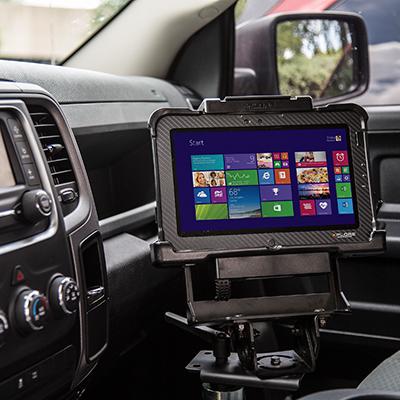
XPlore Accessories
The B10 also supports a bevy of accessories, including a keyboard, an office or vehicle docking station, a shoulder strap, an Armortech screen protector and a kickstand. Options also include a 2-bay or a 6-bay simultaneous battery-charging station.
Upgrade options also include Intel's Core i7 vPro processor, CAC reader module, integrated NFC support and integrated 4G LTE radio.
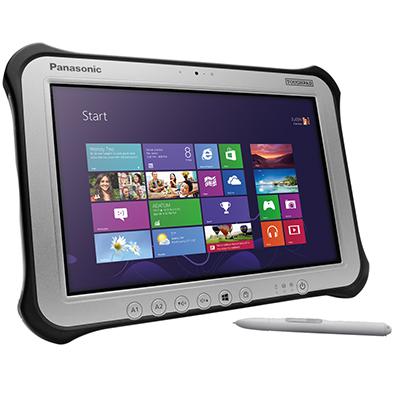
XPlore B10 Vs. Toughpad G1
The B10, when stacked up against a similarly priced Panasonic Toughpad G1 that also sports the Intel Core i5 processor, blows the competition out of the water when it comes to port options. Panasonic's Toughpad G1 runs $2,440 (FZ-G1FA3AXCM), ships standard with an HDMI port, headphone jack, docking connector and one USB 3.0 port.
Port expandability for the Toughpad is limited and will cost you. Add a second USB port, add $120. Add a MicroSD card, add $120. With Panasonic's G1, you can't have a MicroSD card reader and two USB ports.
The XSlate B10 ships standard with eight ports: a serial port, two USB 3.0, MicroSD, MicroHDMI, microSIM, audio jack and RJ-45 gigabit Ethernet.

Right Place, Right Time, Right Tablet
The rugged tablet market reached almost $600 million in 2014, according to VDC Research. Among devices that also include phones and notebooks, tablets have seen the most robust growth -- 17 percent in 2014 and 22 percent in 2013.
According to VDC Research, tablets have slowly been displacing rugged notebooks in segments such as public safety and utilities.
VDC Research said Xplore and Panasonic have increased their tablet market share to a combined 52 percent in 2014, up from 31 percent in 2012.